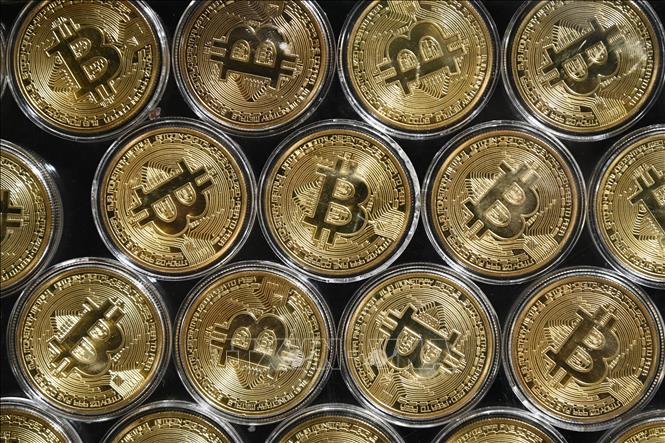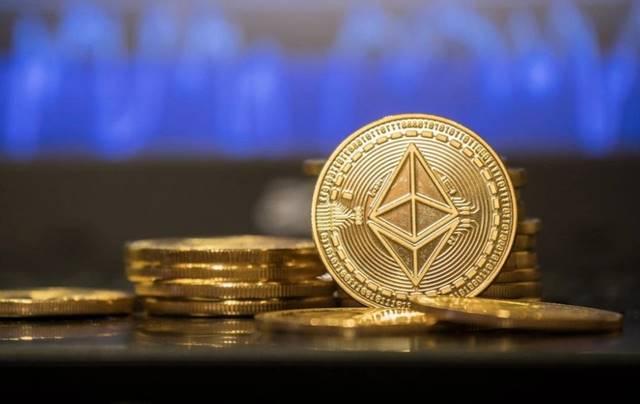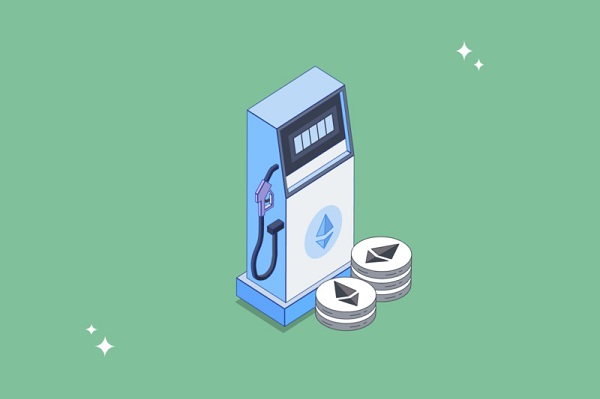
What is gas fee? 04 Gas fee optimization tips that traders should not miss
Gas Fee is one of the first issues you need to consider when you want to embark on the path of Crypto investment. This is an important factor in the operation of blockchain platforms. Let’s find out with Finhay what Gas Fee is, what types of Gas fees there are and how to use Gas Fee effectively.
What is Gas Fee?
Gas Fee (or Gas fee) is the amount of money paid to blockchain platforms to perform transactions or interactive activities with smart contracts. Gas is a special unit used to measure the level of activity on that platform. In other words, this is the computational resource when responding to a certain task.
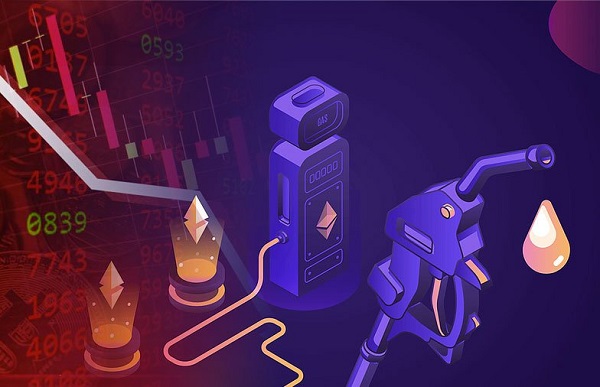
What types of Gas fees are there?
Gas Fee types are divided through factors such as characteristics, properties, purposes and operating platforms. Below are the most common types of gas fees and how to distinguish these types of Gas Fees.
What is Gas Limit?
Simply put, this is the Gas limit, which is the maximum amount of gas that users are willing to pay for transaction activities or performing blockchain functions. In other words, Gas Limit is the highest value the platform can take from users when making transactions. This is a protection mechanism to prevent smart contract errors or miscalculations from wasting users’ money.
For example: On Ethereum, a typical transaction has a Gas Limit of 21,000 gas units.
Time and form of transaction are factors that affect the value of Gas Limit. For some exchanges and e-wallets, Gas Limit is an automatically set feature. However, in some other cases, users can also proactively adjust this value manually, depending on each user’s needs.
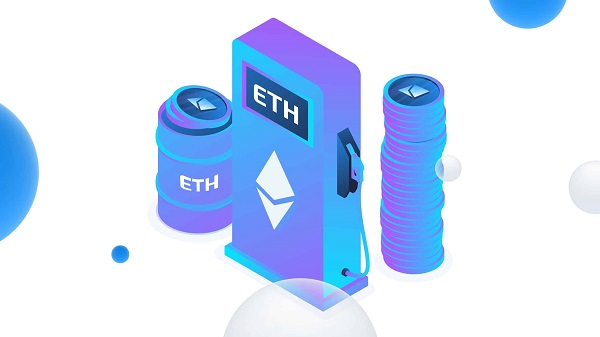
If your Gas Limit is set too low, there is a risk that there will not be enough gas for validators/miners to confirm your transactions. Initially, the transaction is still processed by authentication. However, when there is no longer enough gas to confirm the transaction, the platform will stop performing the operation you requested. This condition is called “running out of gas”.
When there is not enough gas, your transaction is considered invalid and rejected, the amount of Gas previously spent will not be refunded to your account. This means you always have to pay gas fees for every transaction whether it is successful or not.
In case you set the Gas Limit too high, the Gas Fee you have to pay will also be higher for each transaction.
What is Gas Price?
The fee that users are willing to pay for each unit of gas is called Gas Price, this fee can also be customized depending on user needs.
Most blockchain platforms today apply an auction mechanism to manage and prioritize transactions to be processed first. Specifically, validators/miners will search and select transactions with the highest Gas Price. Then process the transactions in descending order.
The auction mechanism helps ensure market fairness and attracts the participation of more entities in providing computing power. Thereby promoting healthy competition and increasing blockchain security.
This mechanism allows your transaction to be validated faster by validators/miners when you pay a higher Gas Price than others. On the other hand, if the Gas Price is too low, it will take a long time to be confirmed, or even fail because confirmation is not received.
Distinguish between Gas Limit and Gas Price
To understand in detail what Gas Fee is, you need to know how to distinguish between Gas Limit and Gas Price. The way to distinguish these two types of Gas fees is very simple, you can think of it with the following example:
If the transaction wallet you make on the blockchain is a car, then Gas Fee is the fee you have to pay to refuel that car so it can run. At this point, Gas Limit is the number of liters/unit of gasoline you want to fill your car (you can fill the gas tank or fill it to a desired level) and Gas Price is the price of each liter/unit of gasoline. For example, on Ethereum, Gas Price will be calculated in Gwei.
For example, each liter of gasoline costs 30,000 VND/liter. With Ethereum it is 20 Gwei per gas.
To fill up “gasoline” you need: 10 liters at 30,000 VND/liter = 300,000 VND.
Similarly, 20,000 units of gas at a price of 20 Gwei/gas = 400,000 Gwei
How to calculate Gas fees
The formula to calculate Gas Fee is as follows:
Gas Fee = Gas Limit x Gas Price
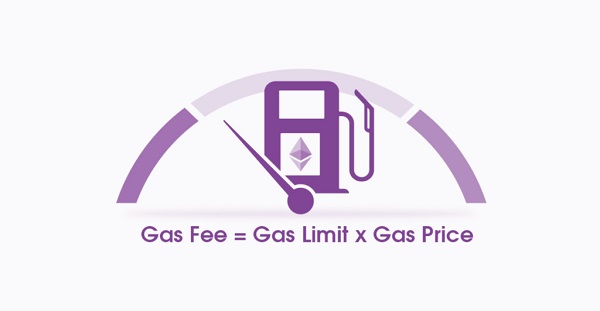
Continuing the above example, 20,000 units of gas (Gas Limit) costs 20 Gwei/gas (Gas Price).
That is, Gas Fee = 20,000 × 20 = 400,000 Gwei = 0.0004 ETH.
So the total Gas fee you have to pay will be 400,000 Gwei or 0.0004 ETH.
The remaining amount of gas after the transaction will be returned to the user’s account on the principle of not exceeding ½ of the amount of gas used up for the transaction process.
Why is Gas Fee needed?
First, when you pay a Gas Fee to make a transaction on a certain blockchain platform, you are paying validators/miners, who are responsible for validating your transaction. Validators/miners have the role of maintaining operations and ensuring the safety of blockchains, without them the network would not be able to exist.
The second part of Gas Fee is to keep the platform safe and secure. Requiring a fee from users for each transaction helps developers prevent bad guys from spamming and causing network congestion.
Third, current blockchains all own their own tokens, so requiring users to pay Gas Fee will help create motivation to increase the price of that token, maintaining stability and long-term development for the blockchain.
Fourth, the Gas Fee pricing mechanism helps ensure that fees are used in the most reasonable way. It prevents wasting resources on activities that do not add value to the blockchain platform.
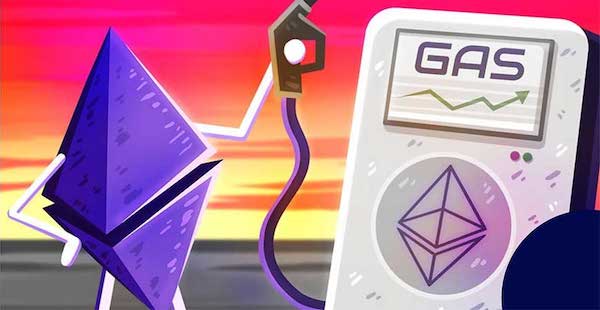
Gas fees on current blockchains
Normally, Gas Fee on blockchain will be paid with that platform’s own token. Therefore, Gas Fee will be paid in different coins depending on the platform you use. Examples from some of the most popular cryptocurrency platforms today:
- If you want to trade on Binance Smart Chain: you need to pay Gas Fee in BNB.
- If you want to trade on Ethereum: you need to pay Gas Fee in ETH.
- If you want to trade on Solana: you need to pay Gas Fee in SOL coins.
04 Tips to help you save on Gas fees when trading
Limiting gas waste and saving maximum Gas Fee is always something traders are concerned about. Besides understanding what Gas Fee is, you can also apply the 4 tips below:
Simplify transaction steps
More complex transactions mean more computational resources are consumed. Validators/miners will have to work harder to complete transaction validation for you. That’s why transactions that include many steps will cost more Gas Fee than simple transactions. Minimizing transactions is the first step to help you save on your Gas Fee.
Estimate in advance the Gas Limit required at the time of transaction
Setting a high Gas Price will give you priority in validating transactions. Also, set the Gas Limit higher than the estimate to ensure the transaction is not declined due to running out of gas. However, if these two types of gas are too high, it will cause you to pay much more than usual.
To avoid wasting gas, you can use some support websites such as BSCscan for Binance Smart Chain or EtherScan for Ethereum to estimate the Gas Limit and Gas Price at the time of transaction. From there, reasonable adjustments can be made. The Gas Limit level only needs to be slightly higher than the estimated level to avoid running out of gas.
Limit transactions when Gas Price is too high
As mentioned above, Gas Price often changes depending on time and transaction needs of the network. Gas Price will increase higher during times of high network activity and gradually decrease when the network is operating inefficiently.

Based on this rule, you should limit transactions when Gas Price is too high. Thanks to that, you do not have to pay too high fees for each transaction. Most platforms today support providing reference information about Gas Price for your reference.
Avoid confusing Gas Price/Gas Limit with the number of tokens you want to trade
Because Gas Price and Gas Limit are also among the factors you can customize according to your needs, there are many cases where users consume too much gas due to confusion between Gas Price/Gas Limit and the number of tokens they want to trade. . You should carefully check the details of the transaction before proceeding.
Above is the answer to the question What is Gas Fee and some basic information about how to use each type of gas. Gas Fee plays an important role in maintaining the operation of the platforms. Each type of gas fee has a different task, but the main purpose is still to ensure the fairness and efficiency of the platform. Along with that, traders also need to know how to effectively use each gas to avoid waste and bring maximum profit.
